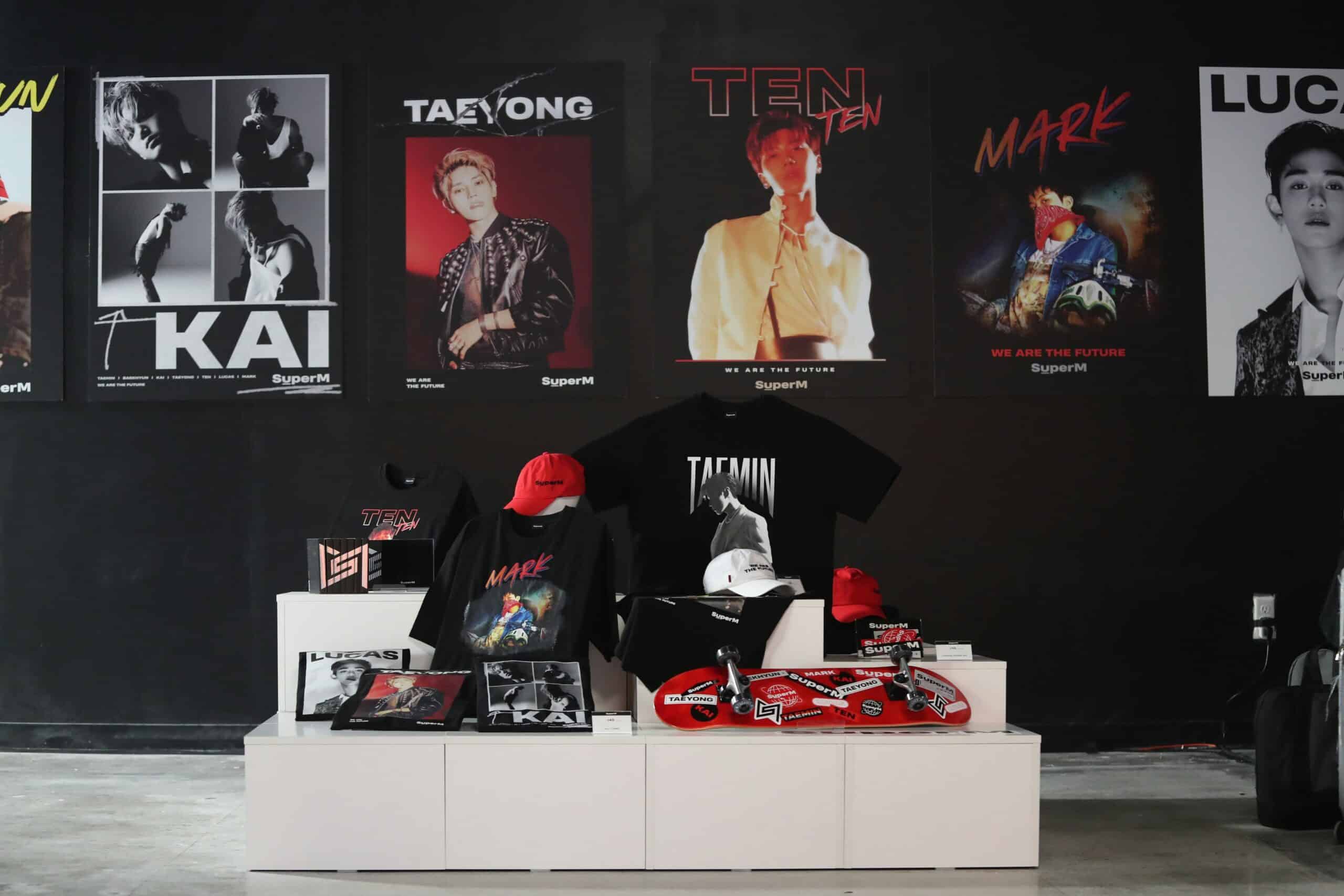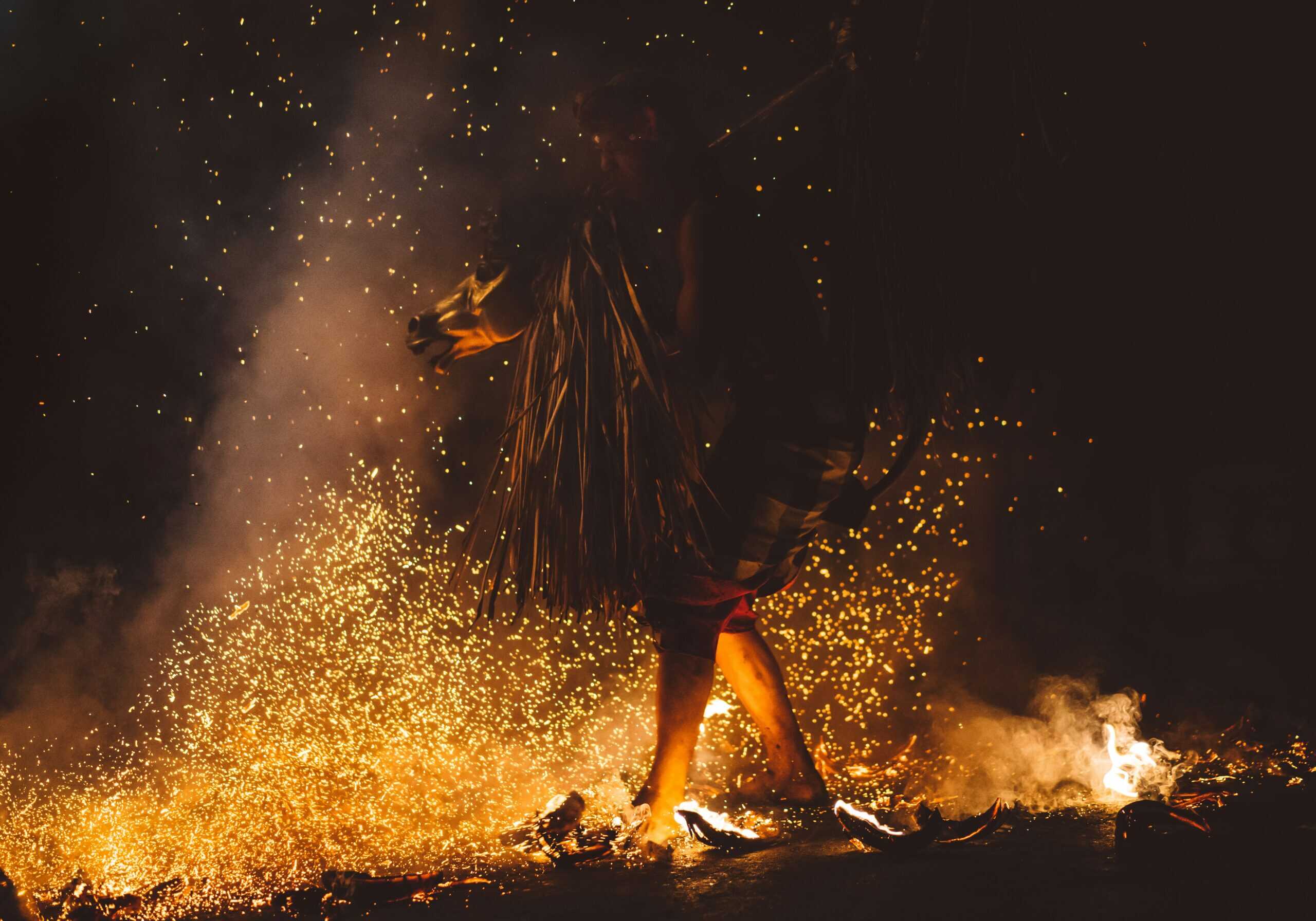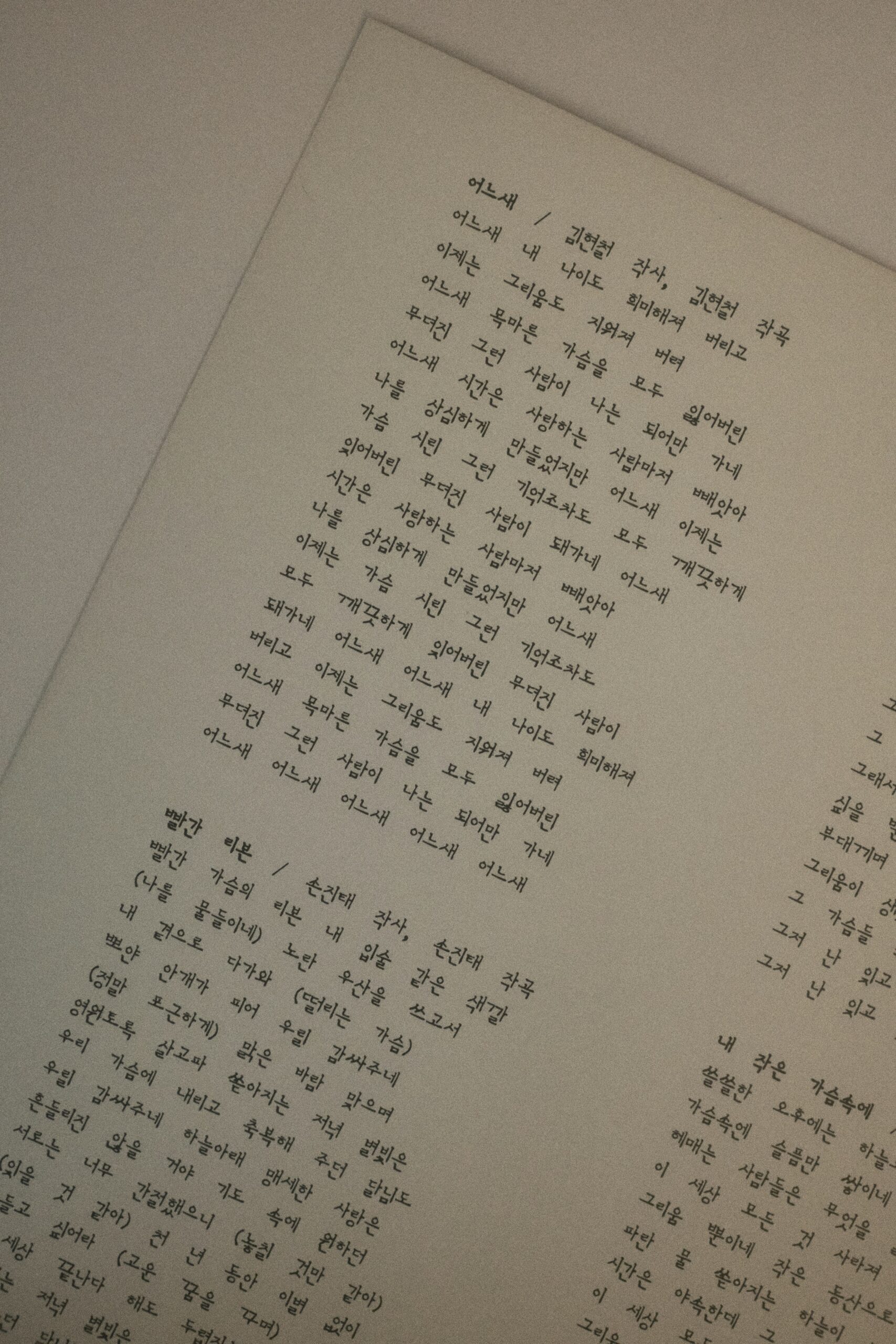K-pop fandom has its own language. Scroll through a stan account for five seconds and suddenly it’s all bias, maknae, OT7, cb, selca day, and a hundred other terms that sound like code if you’re new.
Instead of pretending to understand and quietly getting lost, it helps to learn the basics so timelines, memes, and comeback chaos actually make sense. Think of this as a crash course in K-pop slang: what the words mean, how fans really use them, and how to join the conversation without feeling like an outsider.

Jump to:
- 💿 What Is K-Pop Slang and Why It Matters?
- 🧡 “Bias,” “Ult,” and “Wrecker”: Choosing Your Favorite Idols
- 👶 “Maknae” and “Hyung/Noona/Unnie”: Age, Respect, and Line Roles
- 👥 “OT7,” “OT8,” and More: What “OT + Number” Really Means
- 📅 “CB,” “Debut,” and “Comeback Season”: When Eras Begin and End
- 🤳 “Selca Day” and Fandom Hashtag Culture
- 💌 Stan, Multistan, Solo Stan: How Fans Describe Themselves
- 📱 DMs, Online Fandom & Common K-Pop Text Abbreviations
- 🎤 Lightsticks, Fanchants & “Fan Service”: Extra Terms You’ll See Everywhere
- 🧠 How to Learn K-Pop Slang Without Feeling Overwhelmed
- ❓ Frequently Asked Questions
- 💬 Comments
💿 What Is K-Pop Slang and Why It Matters?
K-pop slang is the set of words, abbreviations, and in-jokes fans use to talk about idols, comebacks, fandom culture, and each other. Some terms come from Korean, others from English, and many are a mix of both, evolved across Twitter/X, TikTok, Instagram, and forums over the years.
It matters because slang is part of how fans connect. Two people from completely different countries can understand each other instantly just by saying, “My bias wrecked me during that cb.” The language creates a shared world: it signals that someone is “in” the culture, understands fan etiquette, and knows how things work.
For new fans, the slang can feel intimidating at first, but it’s not a test; it’s more like picking up inside jokes among friends. The more content you watch and read, the more natural it becomes, and the more fun it is to participate.
🧡 “Bias,” “Ult,” and “Wrecker”: Choosing Your Favorite Idols
One of the first words most new fans learn is bias.
- A bias is simply a fan’s favorite member in a group.
- An ultimate bias (often shortened to ult) is the top favorite across all groups—basically the number one idol in a fan’s heart.
- A bias wrecker is the member who keeps “attacking” that ranking and almost takes the bias spot, especially during certain eras, hairstyles, or stages.
Example:
“My bias is the main vocalist, but the maknae is such a bias wrecker this era.”
None of these terms are meant to be that serious. Fans can have multiple biases, changing biases, or even “OT” stanning (loving everyone equally). It’s not a loyalty contract; it’s just a playful way of talking about who stands out the most.
👶 “Maknae” and “Hyung/Noona/Unnie”: Age, Respect, and Line Roles
K-pop groups are built around age hierarchy, a big part of Korean culture. Several common Korean words show up everywhere in fandom:
- Maknae – the youngest member of the group.
- Hyung – what a younger male calls an older male.
- Noona – what a younger male calls an older female.
- Unnie – what a younger female calls an older female.
- Oppa – what a younger female calls an older male.
Fans use these words to describe dynamics inside the group:
- “Chaotic maknae” for the playful youngest member.
- “Soft hyung line” for older members who baby the younger ones.
- “Protective unnie energy” for female idols who take care of others.
Knowing these terms makes variety shows, behind-the-scenes clips, and subtitles much easier to follow, because they explain the relationships and teasing patterns between members.

👥 “OT7,” “OT8,” and More: What “OT + Number” Really Means
“OT” in K-pop slang is often explained as “one true” or “only team.” Fans use OT + number to emphasize support for all members of a group together.
- OT7, OT9, OT13, etc. = loving every member, no one left out.
Example:
“The visuals were insane; OT7 really snapped during this cb.”
Sometimes, fans use OT terms in the context of lineup changes or rumors, to signal that they still support every member, past or present. In general, when someone says they are “OT7” for a group, they’re saying, “No member slander, all of them are precious.”
📅 “CB,” “Debut,” and “Comeback Season”: When Eras Begin and End
K-pop runs on eras and schedules, so timeline slang is everywhere:
- Debut – an artist’s or group’s official first release and introduction.
- Comeback (cb) – the next major release after debut, usually with a new album or single plus promotions.
- Pre-release – a song dropped before the main title track.
- Teaser – short clips or images hinting at the concept.
- Comeback season – the busy stretch of time around a new release.
Example:
“Cb soon, teaser photos are dropping next week.”
Unlike Western music where artists can drop music randomly, K-pop comebacks feel like full campaigns: mood films, concept photos, tracklists, MVs, variety show appearances, and performances. Knowing cb slang helps fans keep track of what’s happening, when to stream, and when to watch music shows.
🤳 “Selca Day” and Fandom Hashtag Culture
Selca = “self camera,” basically the Korean version of “selfie.”
Selca day is a recurring fan event on platforms like Twitter/X and Instagram where fans post selfies with specific hashtags, often tied to a group or fandom. For example, a certain day of the week might be reserved for “#GroupNameSelcaDay,” where fans flex lightsticks, albums, outfits, or themed looks.
Selca days are ways to:
- Show fan pride.
- Make friends and mutuals who love the same group.
- Get noticed by fan accounts or, occasionally, official pages.
If someone says, “It’s selca day, drop your pics,” they’re inviting other fans to join in and post their best selfies under the hashtag.

💌 Stan, Multistan, Solo Stan: How Fans Describe Themselves
Fandom identity also has its own vocabulary:
- Stan – originally from “stalker fan,” now used more casually to mean “strongly support” or “love.”
- “I stan them so hard.”
- Multistan – a fan who stans multiple groups or artists.
- Solo stan – someone who only supports one member rather than the whole group.
- Akgae – short for a Korean phrase meaning “individual anti-fan,” used to describe a fan who supports one member while actively hating on the others.
Most of the time, these labels are neutral or playful, except for “akgae,” which is generally negative and discouraged. The important thing: people can enjoy one or many groups; there’s no “correct” way to organize a stan life as long as there’s basic respect for others.
📱 DMs, Online Fandom & Common K-Pop Text Abbreviations
K-pop lives online, so timelines are full of shortened terms and codes. Some common ones:
- MV – music video.
- PC – photocard (the small collectible card that comes in albums or merch).
- Fancam – fan-recorded video of a performance, often focused on one member.
- GC – group chat.
- TL – timeline (your feed on Twitter/X, for example).
- Stages – live performances on music shows (Inkigayo, M Countdown, etc.).
- CB stage – a specific performance during a comeback period.
You’ll also see shorthand like:
- “Drop the MV link.”
- “My PC pulls were crazy this album.”
- “The fancam quality is better than the broadcast stage.”
Once the abbreviations click, scrolling through fan accounts becomes way less confusing and way more entertaining.
🎤 Lightsticks, Fanchants & “Fan Service”: Extra Terms You’ll See Everywhere
A few more words show up constantly around concert and event content:
- Lightstick – official glowing stick for a group or artist, often synced at concerts.
- Fanchant – a coordinated chant fans shout during parts of a song (names, lines, or responses).
- Fan service – moments when idols interact in cute or playful ways for fans’ enjoyment: hearts, winks, jokes, or ships.
- Fansign – event where fans meet idols, get albums signed, and briefly chat.
- Hi-touch – quick high-five or handshake event.
These terms explain what’s happening in fancams and fan accounts: why everyone screams at a certain move, why idols suddenly throw hearts at the camera, or why people post videos crying after a hi-touch.
🧠 How to Learn K-Pop Slang Without Feeling Overwhelmed
No one memorizes K-pop slang in one night. It usually happens slowly and naturally:
- Read captions and comments on fan posts; context makes meanings clear.
- Pay attention to subtitles in behind-the-scenes videos and variety shows.
- Follow a few fan-run dictionaries or beginner threads that explain common terms.
- Ask questions in a friendly GC or in the comments; most fans are happy to explain.
- Absorb over time instead of trying to cram everything at once.
The goal isn’t to sound “perfect.” It’s simply to understand enough so that timelines, memes, and jokes feel accessible, and to express fandom feelings more clearly.
❓ Frequently Asked Questions
Not at all. Everyone started somewhere. As long as the terms are used respectfully and in the right context, slang is just part of joining the culture. It’s okay to mix simple language with slang while still learning.
Yes. Many fans bias multiple members and have several ults across different groups. Feelings change with eras, concepts, and time; fandom language is flexible enough to handle that.
No. Being a fan is about enjoying the music, appreciating the artists, and respecting other fans. Slang is a tool, not a requirement; it just makes interacting in the community smoother and more fun.





Comments
No Comments